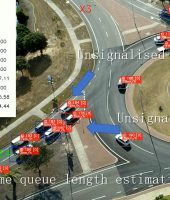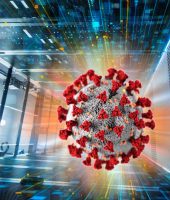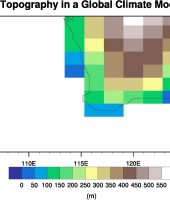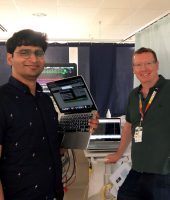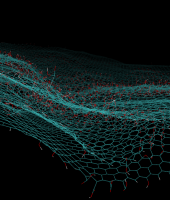The path to ubiquitous quantum computing
Quantum computers promise a revolution in computing ability, but there are many hurdles to be overcome to turn this promise into reality. Some of these challenges includes high upfront capital cost to meet ultra-low temperature requirements, high on-ongoing operational and reliability costs needed to maintain vacuum and cooling infrastructure, and limited synergy with current state-of-the-art HPC data centre practices.
Start-up company Quantum Brilliance and Pawsey are partnering to show how the future of supercomputing can include not only CPUs and GPUs, but diamond-based quantum accelerators.
The Challenge
Most quantum computers in existence today are very fragile – they need vacuum systems, supercooling and lasers to stay stable enough to operate. It limits them to very specialised mainframe computing installations with big buildings, big budgets and teams devoted to their operation. This in turn severely limits the opportunities to learn how to best use these systems, integrate them with other computing facilities, and work out how to program and operate them to do something useful.
Making quantum computing hardware more easily accessible is a necessary first step to demonstrating their capabilities and allowing their wider use.
The Solution
Quantum Brilliance is a start-up company from the Australian National University building diamond-based quantum accelerators. By using the extremely stable properties of synthetic diamonds, their quantum computers can operate at room temperature with much simpler control systems, making them much easier to miniaturise.
Mark Luo, Chief Operating Officer at Quantum Brilliance explains: “We want to make quantum computers useful by dramatically lowering the barrier to entry by providing quantum utility, rather than building a massive mainframe quantum computer… the key is to make them more accessible, and mass installed in supercomputing facilities which enables deep integration with classical compute nodes. This enables the entire computing community to start developing programs to run on them.”
“Once we can integrate and run our diamond quantum accelerator prototype with supercomputing infrastructure, we will understand how to integrate ten or a hundred of them, leading to massively parallelised quantum computing.”
Quantum Brilliance and Pawsey have partnered to create Australia’s first Supercomputing-Quantum Innovation Hub, becoming one of the first few supercomputing centres worldwide to host a quantum computer onsite and creating a community of researchers and industry participants to develop and test software for the application of quantum accelerators for quantum utility problems.
The Outcome
Quantum Brilliance’s Quantum Emulator is already operating at Pawsey, and the qbOS, the next release which will work with the Quantum Accelerator prototype, is due in 2022. Researchers in the Pawsey Quantum Pioneer Program are already using the emulator to develop different quantum circuits and algorithms, and exploring how they will eventually run on the hardware.
Mr Luo explains: “The emulator replicates how the hardware will perform, including the number of qubits, how they’re connected, and the error and noise characteristics of our diamond-based accelerators.”
“Seeing how the quantum emulator behaves allows all of us to experience what the real hardware will eventually do, but we can work with it today. Using Pawsey supercomputing allows us to run an emulator containing 25 qubits or more, while for smaller numbers of qubits, the quantum emulator runs well on the Pawsey Nimbus cloud.”
A particular goal with the emulator is to accurately estimate the run time of quantum circuits on the diamond-based quantum accelerator. “We want to compare the quantum computing time against classical computing time,” says Mr Luo. “Demonstrating ‘quantum utility’ means the industry needs to compare computational power comparable in terms of physical size, weight and power consumption as well.”
In 2022, the diamond-based quantum accelerator prototype will be installed at Pawsey, allowing Quantum Brilliance and Pawsey to learn how to integrate it with Pawsey’s existing hardware and software. Software integration is already occurring, as a result of the work being done through collaboration on the Quantum Emulator. This will then be followed by a Quantum Accelerator installation which will contain more qubits and a next-generation control system.
“Our eventual goal is to provide a full-suite of quantum computing hardware systems, which Pawsey can host and operate as part of its heterogeneous computing architecture. Quantum accelerators can then be deployed to be part of the solution to give better overall computing performance.”
“At that point, the only question remaining is how many accelerators you want to plug in.”
Project Leader.

Quantum Brilliance's accelerators. A quantum computer small enough to sit on your desk

The Co-Founders - Quantum Brilliance (L-R) Dr. Marcus Doherty, Mark Luo and Dr. Andrew Horsley
